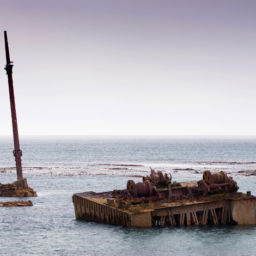Located in the central part of Switzerland, Lake Lucerne, or Vierwaldstättersee, is the fourth largest lake in Switzerland. But what’s it like as a dive site?
The lake is actually made up of many different water bodies, and if we take all these connected bodies into account, Lake Lucerne has a total area of 44 square miles. (114 km²). The deepest point is around 700 feet (214 m). The lake is also 1,424 feet (434 m) above sea level so you’ll need altitude tables to dive here.
Mountains that rise to almost 5,000 feet (1500 m) surround the scenic lake. You can also visit the birthplace of Switzerland at Rütli, the home of the classic Swiss army knife at Brunnen, or the beautiful city of Lucerne itself and its iconic Kapellbrücke, a covered wooden footbridge spanning the Reuss River.
Diving Lake Lucerne
Underwater you will find a variety of marine life, including perch, pike, whitefish, grayling, eels, crayfish, bullheads and the prehistoric-looking burbot, the only freshwater cod relative.
You can reach most of the dive spots are reached from the Nnorthern shores, but you’ll do better to reach several of them by boat. You can join a charter boat one Sunday each month. A lot of the dive sites here are wall dives, some dropping down all the way to 328 feet (100 m). It gets pretty dark at around 130 feet (40 m) so bring a torch.
Some of the more popular spots are located at Weggis, Wolfssprung, Unterwilen, Schieferneggtunnel, Seelisberg, Hergiswil, Gersau and Beckenried. Plenty of dive centers are nearby, representing all the major dive agencies.
- Country: Switzerland
- Dive type: fresh water
- Depth: Mostly wall dives up to 328 feet (100 m)
- Water temperature: 39 to 68 F (4 to 20 C in summer)
- Visibility: Variable depending on weather or depth.
- Location: Lake Lucerne, Lucerne, Switzerland
- When to go: June to September for the best conditions, though it’s dive-able year-round with a drysuit



